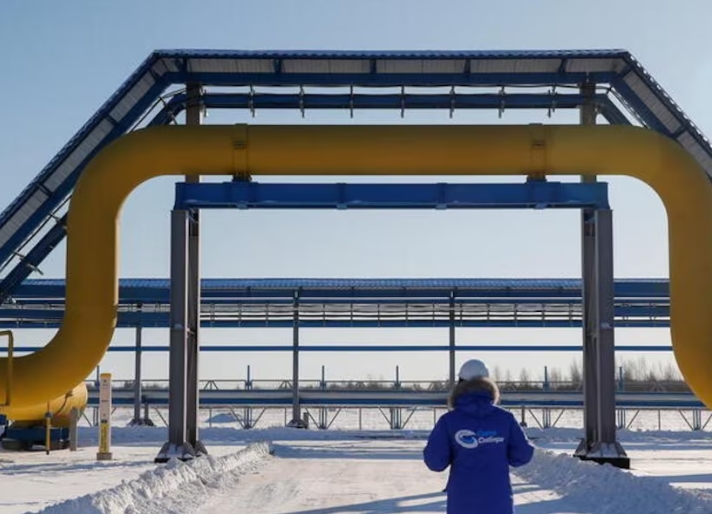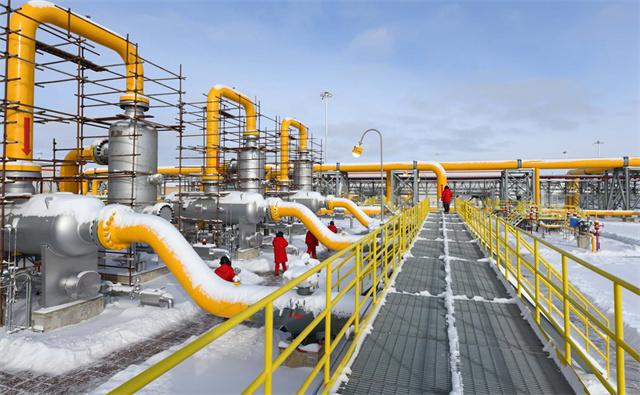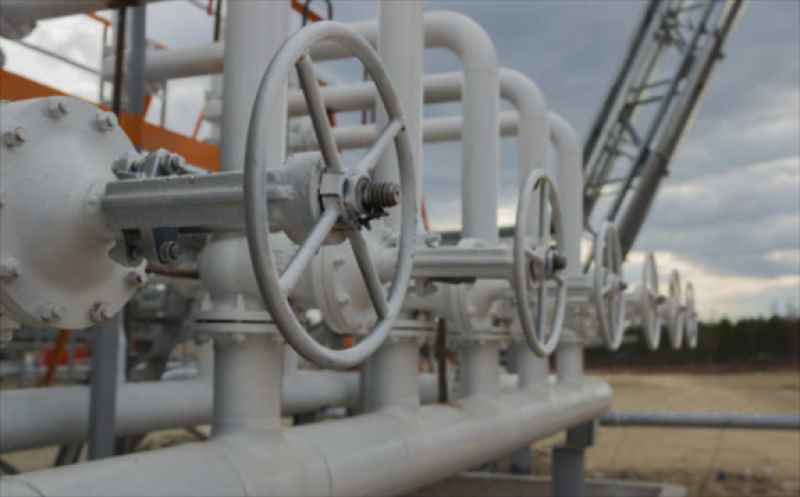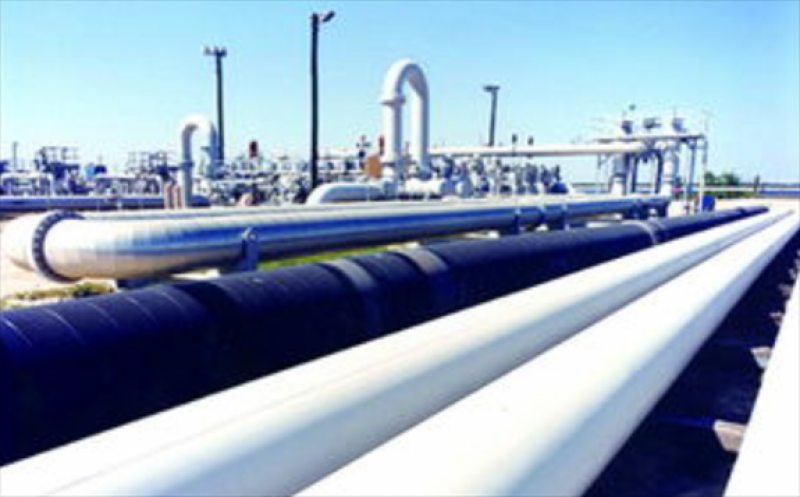
TC Energy has more than 20,000 kilometers (14,300 miles) of pipeline in western Canada that could be repurposed to carry carbon dioxide for sequestration underground or transport low-emissions hydrogen, Chief Executive Francois Poirier said.
"Does there need to be same timeline and level of regulatory scrutiny as for a greenfield project on a new right of way? These are the conversations we are having with governments," Poirier said at the LNG 2023 conference in Vancouver.
"Policymakers are driving us towards significant emissions reduction by the end of this decade and we will not achieve those goals if it takes seven years to permit and put an asset into service," he added.
Canada, the world's fourth-largest oil and sixth-largest natural gas producer, aims to cut carbon emissions to 40-45% below 2005 levels by 2030.
Its oil and gas industry, the country's highest-polluting sector, is counting on deploying carbon capture and storage (CCS) and cleaner fuels like hydrogen to reduce greenhouse gas emissions. But those nascent energy transition industries will require a significant build-out of new infrastructure.
Paul Marsden, head of Bechtel Corp.'s energy business unit, said forcing new technologies that repurpose existing assets to go back to the beginning of the permitting process risked choking innovation.
"We are not asking for corner cutting," Bechtel said, speaking on the same panel, noting the cost of building new infrastructure was getting more expensive.
Trinidad and Tobago's Energy Minister Stuart Young said repurposing assets to help speed the transition to cleaner forms of energy was the next frontier.
"Why are we putting the private sector through the hurdles as though (they're) starting from ground zero and from scratch," Young said. "That's where I think governments and policymakers and regulators need be able to listen."







